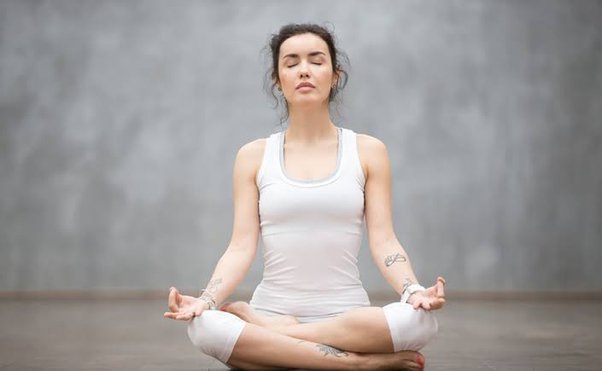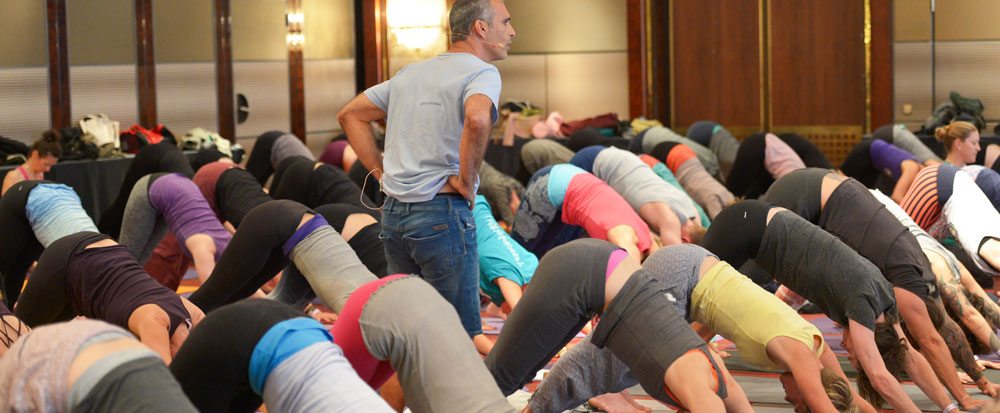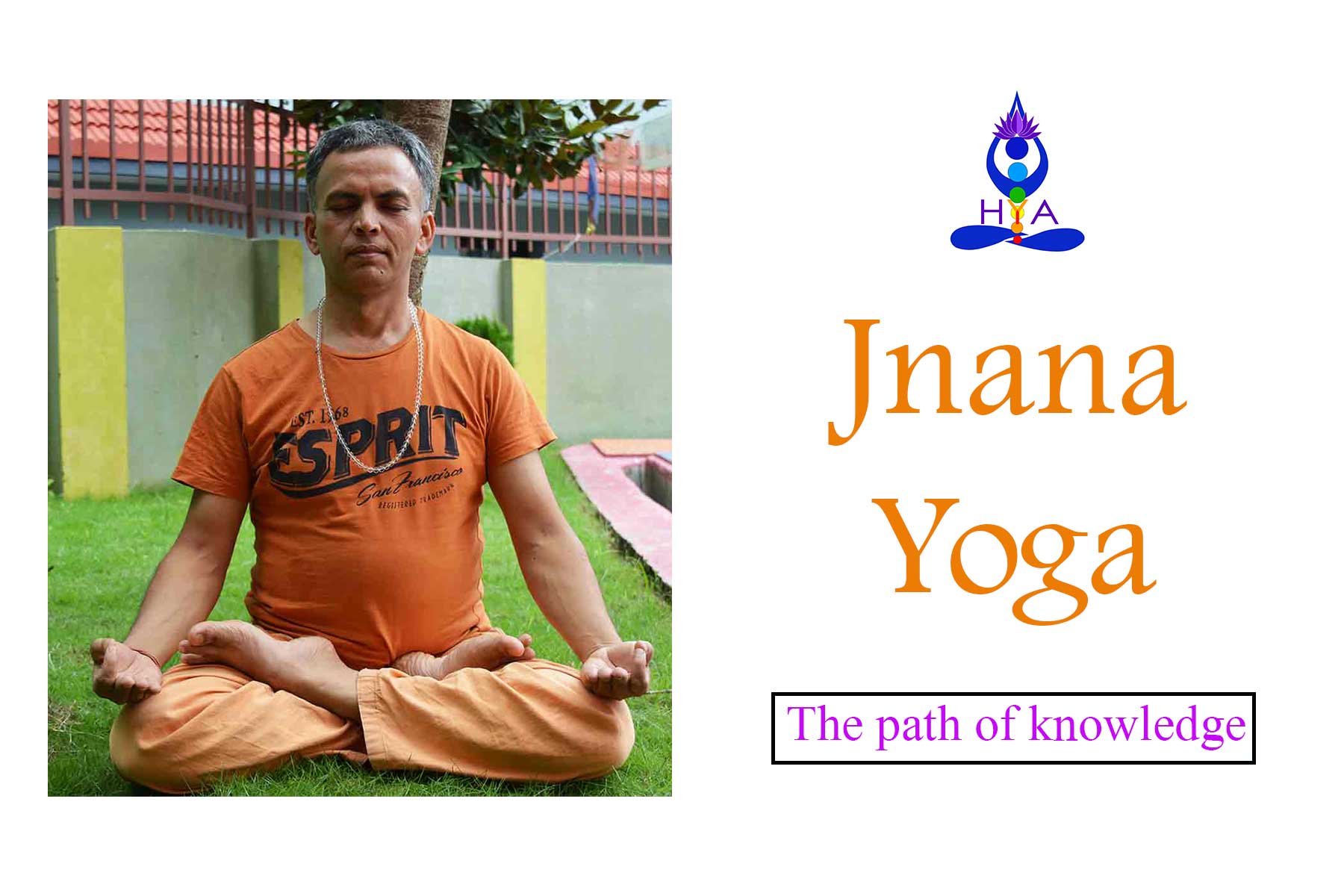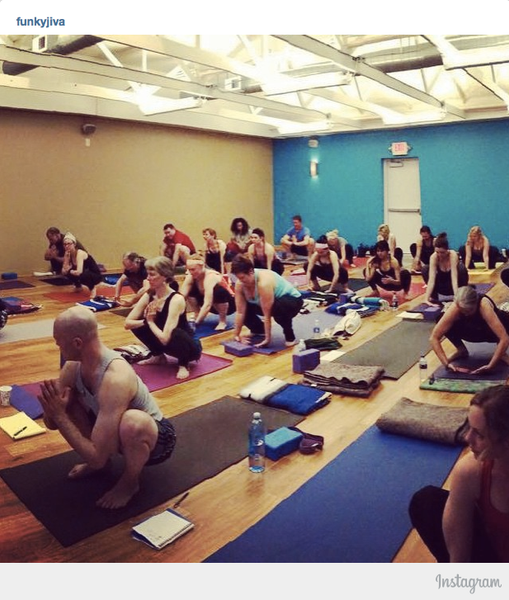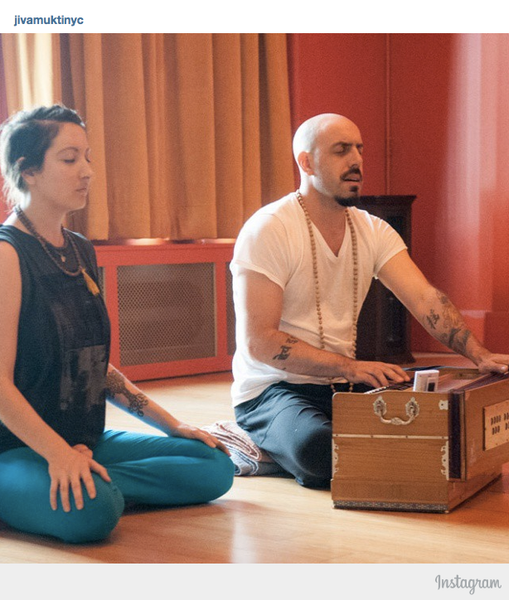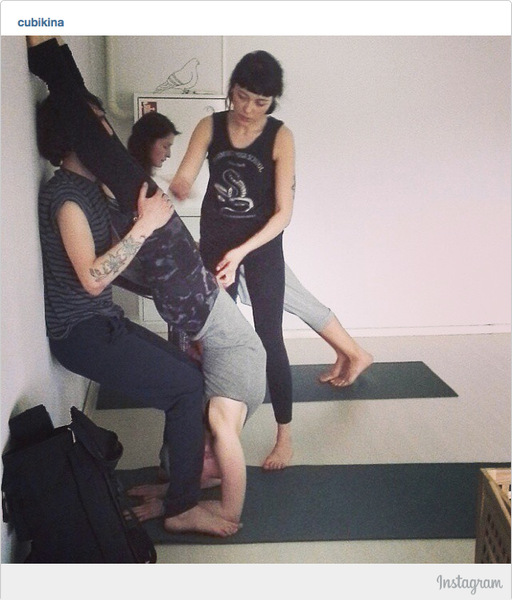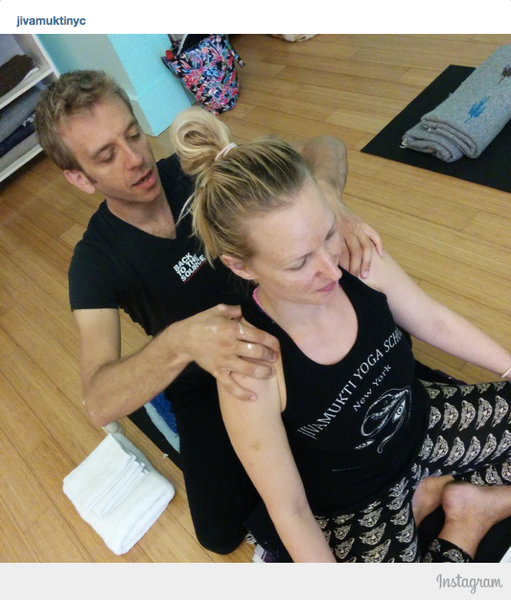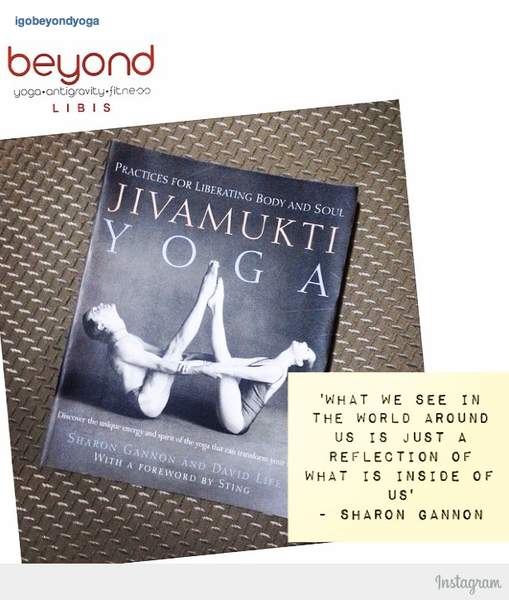12 Amazing Benefits of Prenatal Yoga
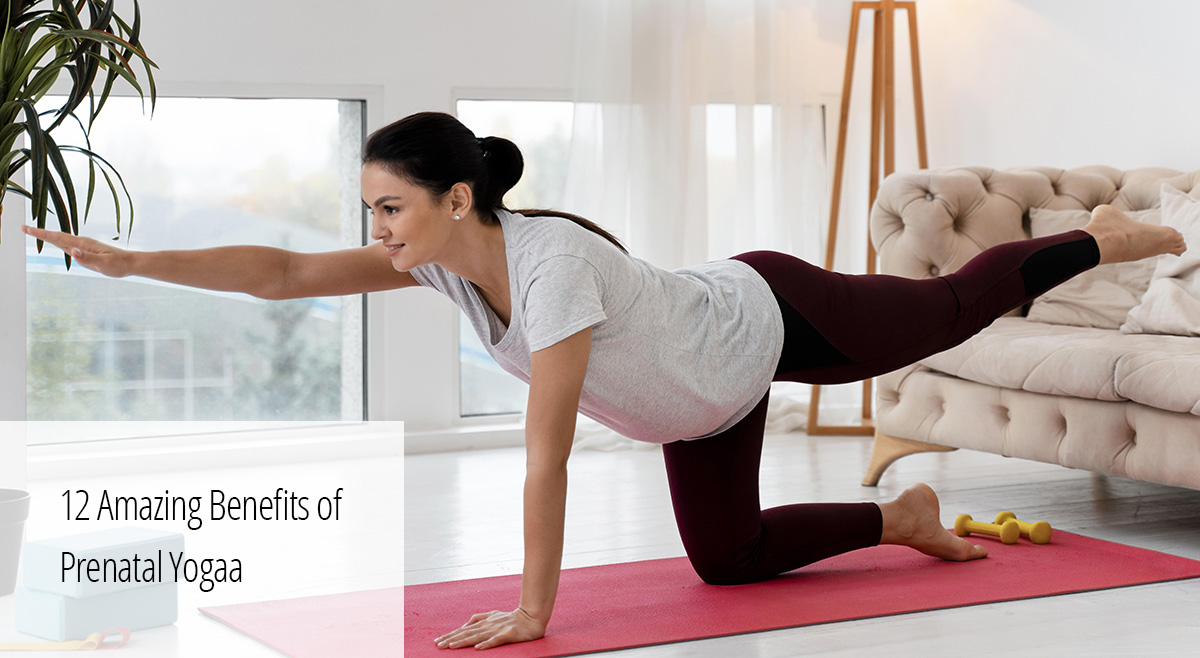
The last two decades have seen an increasing interest in the age-old yogic philosophy and its practices which has managed to create an impact on a global level, especially in the field of fitness and wellness. Yoga as a philosophy has laid down the works for an entire lifestyle that transcends into self-actualization when practiced and studied in depth.
An excerpt from this diverse discourse captures the exercises or asanas that most modern global cultures consider the premise of yoga. These asanas indulge the body’s flexibility and boost endurance to help people attain a healthier lifestyle through better oxygenation of the body. Along with these asanas, there are many breathing exercises and meditation techniques as well that ensure better oxygenation and relax the body and the mind. Within this segment of yoga is a specific section that was designed specifically for pregnancy and is known as Prenatal Yoga.
What is Prenatal Yoga?
Prenatal Yoga is a specific section within the Pranayam and Asanas segment of the Yogic philosophy that is concerned with relaxing and building endurance of the pregnant woman. It focuses on improving body flexibility and relaxes the body during the different trimesters of pregnancy. It also involves many breathing and meditation techniques that help with attaining tranquility during the pregnancy stage. The Asanas are much milder than the usual yogic practices and are designed specifically to prepare the body for childbirth.
The way to move forward is to conduct some self-study on the subject and find a qualified instructor to guide you through the asanas. Always keep in mind that resting and relaxing the body is the most important requirement during pregnancy and that’s why the intensity of the exercises reduces over the span of 3 trimesters. Finding a class that suits your comfort zone will help you reap greater benefits from the class and will help you relax your mind. Prenatal Yoga is a tried and tested practice that has shown to have many benefits and ensures relaxation of the mind and body.
Related Blog: Prenatal Yoga Guide: All You Need to Know
12 Benefits of Prenatal Yoga
When it comes to childbirth, it’s important for a woman to be aware of the changes taking place in her body. A good way to become more comfortable with your body during pregnancy is by introducing prenatal yoga into your lifestyle. Prenatal Yoga has many benefits and is the most pragmatic approach to preparing for childbirth. Since the discipline works around the entire premise of your body and weight, it allows the women to set their own comfort level and practice according to their capabilities.
Here are some of the benefits of prenatal yoga have been comprehensively discussed below:
1. Building stamina and strength – As the baby grows in the womb, it is important for the mother to build her stamina and body strength. The asanas will build endurance and will help the mother relax as the body gets well oxygenated.
2. Relieves tension – Prenatal Yoga can be considered as a low-intensity full-body workout that stretches every muscle and joint of the body and relieves the body of tension. The asanas practiced in this discipline will focus on the lower back, hips, neck, and shoulder regions and prepare the body for childbirth both mentally and physically.
3. Induces better sleep – With better oxygenation of the body and the stretching of muscles and joints, the body tends to move into a relaxation mode which induces deep and healthy sleep.
4. Improves balance – As the fetus keeps growing, the physical load on the mother keeps increasing, along with the increasing release of progesterone and estrogen. The Asanas and meditation help the mother attain a deep sense of body balance and emotional stability.
5. Prepares the body for childbirth – Prenatal Yoga is the best way to prepare the body for childbirth. With increased body flexibility and endurance, it makes the entire process of childbirth easier for the mother. The asanas help open up the pelvic and lower back region which are crucial during childbirth.
6. Increased circulation within the body – The breathing exercises, meditation, and asanas combined together have a deep impact on body circulation. The various exercises help oxygenate the body and improve blood circulation.
7. Breathing during labor – Labor involves many cervical contractions which require the mother to constantly breathe so that the heart rate and blood pressure can be stable as the baby comes out. The various breathing exercises and meditation techniques of prenatal yoga prepare the mother for labor.
8. Increases the connection with the baby – Prenatal Yoga incorporates many spiritual innuendos which can be accessed through the asanas, breathing techniques, and meditation. A better understanding of the body invokes a better pre-birth relation with the baby growing inside. The more relaxed the mother, the more relaxed is the baby.
9. The Prenatal Yoga classes can be a great way to get moral support and create a small community for yourself. As prenatal yoga classes only involve pregnant women, the class can become a great place to find a sisterhood for moral support.
10. Helps with maintaining body weight – Maintaining suitable body weight is crucial during the pregnancy period and hence prenatal yoga asanas are a great way to do this. The asanas build body strength and flexibility and keep a check on the weight as the baby grows within the womb.
11. Relaxes the nervous system – This is one of the greatest boons of practicing yoga. Even within the milder prenatal yoga the asanas and meditation coupled with the breathing techniques help relax the nervous system and promote good health and peace.
Post-Pregnancy Benefits
12. Ensures a faster recovery – One of the greatest benefits of prenatal yoga is its ability to build body endurance and help the body recover faster in the post-pregnancy phase.
[……]

